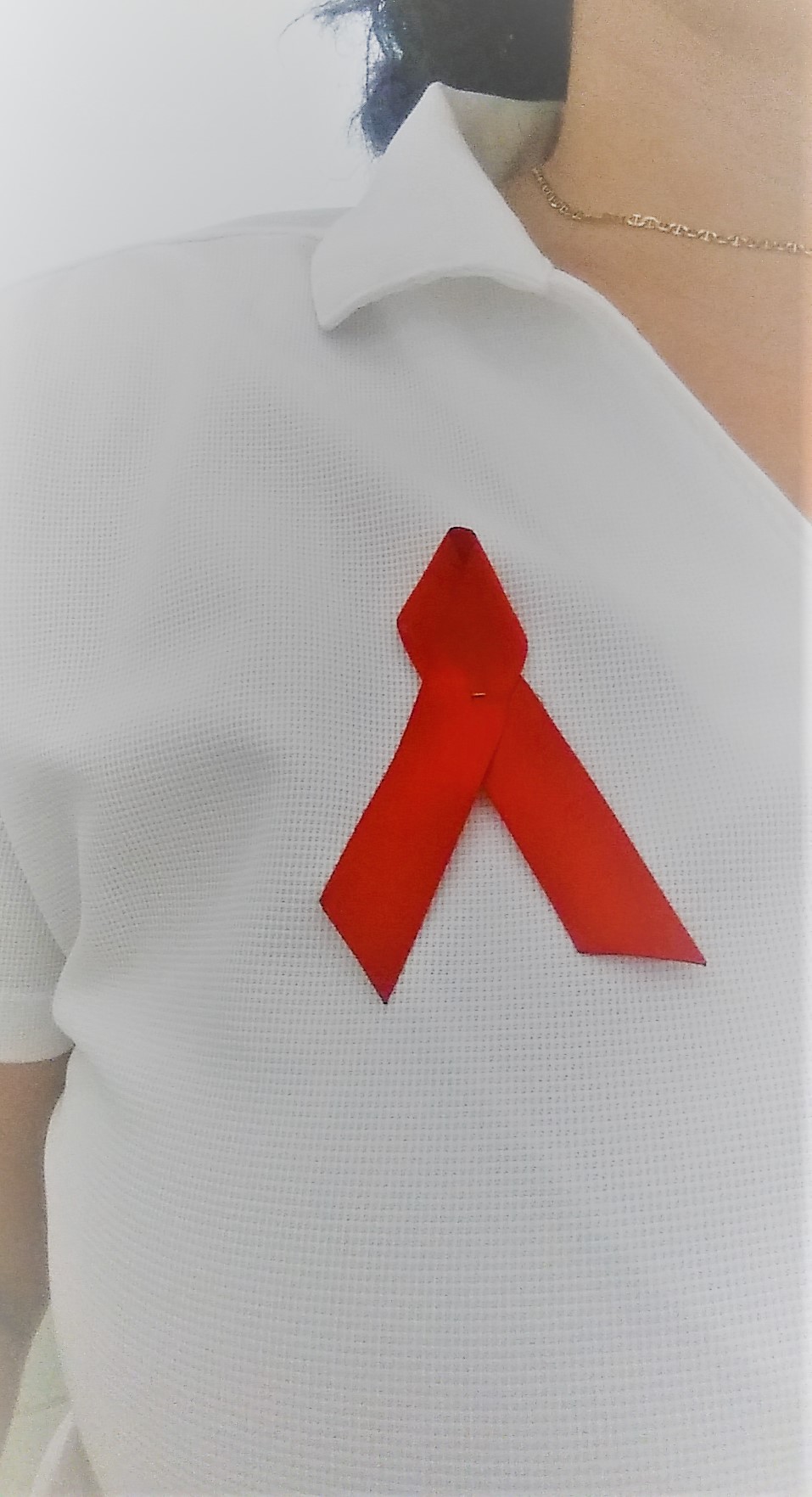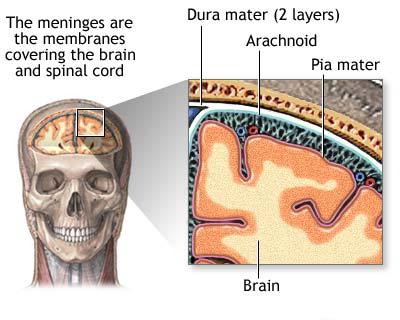|
Brain Tumor Awareness Month
Brain Tumor Awareness Month or Brain Cancer Awareness Month is observed each March in the UK, and every May in Canada, Australia and the United States. History Brain Tumor Awareness Month began in March 2004, predominantly in the United Kingdom, and was founded by a group of brain tumor charities. The United States first observed Brain Tumor Awareness Month in May 2008. Events Gray ribbons are used to raise awareness of brain tumors including brain cancers. A one minute silence is held on 11am on the first Monday of March in the United Kingdom. Turn May Grey Several organisations encourage people wear gray clothes for "Turn May Grey". Wear A Hat Day In the UK, Wear a Hat Day typically takes place on March 31st. Other events Fundraising walks, races and other events took place throughout the month. Related observances Glioblastoma Awareness Day began in the United States on July 17, 2019, the year after politician John McCain passed away from Glioblastoma. See also * Joh ... [...More Info...] [...Related Items...] OR: [Wikipedia] [Google] [Baidu] |
John McCain
John Sidney McCain III (August 29, 1936 – August 25, 2018) was an American politician and United States Navy officer who served as a United States senator from Arizona from 1987 until his death in 2018. He previously served two terms in the United States House of Representatives and was the Republican nominee for president of the United States in the 2008 election, which he lost to Barack Obama. McCain graduated from the United States Naval Academy in 1958 and received a commission in the United States Navy. He became a naval aviator and flew ground-attack aircraft from aircraft carriers. During the Vietnam War, McCain almost died in the 1967 USS ''Forrestal'' fire. While on a bombing mission during Operation Rolling Thunder over Hanoi in October 1967, he was shot down, seriously injured, and captured by the North Vietnamese. McCain was a prisoner of war until 1973. He experienced episodes of torture and refused an out-of-sequence early release. During the war, ... [...More Info...] [...Related Items...] OR: [Wikipedia] [Google] [Baidu] |
Glioblastoma
Glioblastoma, previously known as glioblastoma multiforme (GBM), is one of the most aggressive types of cancer that begin within the brain. Initially, signs and symptoms of glioblastoma are nonspecific. They may include headaches, personality changes, nausea, and symptoms similar to those of a stroke. Symptoms often worsen rapidly and may progress to unconsciousness. The cause of most cases of glioblastoma is not known. Uncommon risk factors include genetic disorders, such as neurofibromatosis and Li–Fraumeni syndrome, and previous radiation therapy. Glioblastomas represent 15% of all brain tumors. They can either start from normal brain cells or develop from an existing low-grade astrocytoma. The diagnosis typically is made by a combination of a CT scan, MRI scan, and tissue biopsy. There is no known method of preventing the cancer. Treatment usually involves surgery, after which chemotherapy and radiation therapy are used. The medication temozolomide is frequently used ... [...More Info...] [...Related Items...] OR: [Wikipedia] [Google] [Baidu] |
March Observances
March is the third month of the year in both the Julian and Gregorian calendars. It is the second of seven months to have a length of 31 days. In the Northern Hemisphere, the meteorological beginning of spring occurs on the first day of March. The March equinox on the 20 or 21 marks the astronomical beginning of spring in the Northern Hemisphere and the beginning of autumn in the Southern Hemisphere, where September is the seasonal equivalent of the Northern Hemisphere's March. Origin The name of March comes from '' Martius'', the first month of the earliest Roman calendar. It was named after Mars, the Roman god of war, and an ancestor of the Roman people through his sons Romulus and Remus. His month ''Martius'' was the beginning of the season for warfare, and the festivals held in his honor during the month were mirrored by others in October, when the season for these activities came to a close. ''Martius'' remained the first month of the Roman calendar year perhaps as ... [...More Info...] [...Related Items...] OR: [Wikipedia] [Google] [Baidu] |
May Observances
May is the fifth month of the year in the Julian and Gregorian calendars and is the third of seven months to have a length of 31 days. May is a month of spring in the Northern Hemisphere, and autumn in the Southern Hemisphere. Therefore, May in the Southern Hemisphere is the seasonal equivalent of November in the Northern Hemisphere and vice versa. Late May typically marks the start of the summer vacation season in the United States (Memorial Day) and Canada (Victoria Day) that ends on Labor Day, the first Monday of September. May (in Latin, ''Maius'') was named for the Greek goddess Maia, who was identified with the Roman era goddess of fertility, Bona Dea, whose festival was held in May. Conversely, the Roman poet Ovid provides a second etymology, in which he says that the month of May is named for the ''maiores,'' Latin for "elders," and that the following month (June) is named for the ''iuniores,'' or "young people" (''Fasti VI.88''). Eta Aquariids meteor shower appea ... [...More Info...] [...Related Items...] OR: [Wikipedia] [Google] [Baidu] |
Awareness Ribbon
Awareness ribbons are symbols meant to show support or raise consciousness for a cause. Different colours and patterns are associated with different issues. Yellow ribbons, in the United States, are used to show that a close family member is abroad in military service. In Russia, Belarus and other countries of the former Soviet Union, gold and black striped ribbons are used to celebrate the Allies' victory in World War II (9 May). In Spain since 2017, a yellow ribbon is a symbol of solidarity with the 2017–18 Spanish constitutional crisis in provisional detention. Of the uses of ribbons to draw awareness to health issues, perhaps the best-known is the pink ribbon for support of those with breast cancer. Other health and social concerns which have adopted coloured ribbons include Alzheimer's disease, pancreatic cancer (purple), HIV/AIDS (red), mental health and mental illness (green), suicide prevention (yellow), and brain disorder or disability (silver). Political use of r ... [...More Info...] [...Related Items...] OR: [Wikipedia] [Google] [Baidu] |
Brain Cancers
A brain tumor occurs when abnormal cells form within the brain. There are two main types of tumors: malignant tumors and benign (non-cancerous) tumors. These can be further classified as primary tumors, which start within the brain, and secondary tumors, which most commonly have spread from tumors located outside the brain, known as brain metastasis tumors. All types of brain tumors may produce symptoms that vary depending on the size of the tumor and the part of the brain that is involved. Where symptoms exist, they may include headaches, seizures, problems with vision, vomiting and mental changes. Other symptoms may include difficulty walking, speaking, with sensations, or unconsciousness. The cause of most brain tumors is unknown. Uncommon risk factors include exposure to vinyl chloride, Epstein–Barr virus, ionizing radiation, and inherited syndromes such as neurofibromatosis, tuberous sclerosis, and von Hippel-Lindau Disease. Studies on mobile phone exposure hav ... [...More Info...] [...Related Items...] OR: [Wikipedia] [Google] [Baidu] |
Brain Tumor
A brain tumor occurs when abnormal cells form within the brain. There are two main types of tumors: malignant tumors and benign (non-cancerous) tumors. These can be further classified as primary tumors, which start within the brain, and secondary tumors, which most commonly have spread from tumors located outside the brain, known as brain metastasis tumors. All types of brain tumors may produce symptoms that vary depending on the size of the tumor and the part of the brain that is involved. Where symptoms exist, they may include headaches, seizures, problems with vision, vomiting and mental changes. Other symptoms may include difficulty walking, speaking, with sensations, or unconsciousness. The cause of most brain tumors is unknown. Uncommon risk factors include exposure to vinyl chloride, Epstein–Barr virus, ionizing radiation, and inherited syndromes such as neurofibromatosis, tuberous sclerosis, and von Hippel-Lindau Disease. Studies on mobile phone exposure hav ... [...More Info...] [...Related Items...] OR: [Wikipedia] [Google] [Baidu] |
Cancer Awareness
Cancer is a group of diseases involving abnormal cell growth with the potential to invade or spread to other parts of the body. These contrast with benign tumors, which do not spread. Possible signs and symptoms include a lump, abnormal bleeding, prolonged cough, unexplained weight loss, and a change in bowel movements. While these symptoms may indicate cancer, they can also have other causes. Over 100 types of cancers affect humans. Tobacco use is the cause of about 22% of cancer deaths. Another 10% are due to obesity, poor diet, lack of physical activity or excessive drinking of alcohol. Other factors include certain infections, exposure to ionizing radiation, and environmental pollutants. In the developing world, 15% of cancers are due to infections such as ''Helicobacter pylori'', hepatitis B, hepatitis C, human papillomavirus infection, Epstein–Barr virus and human immunodeficiency virus (HIV). These factors act, at least partly, by changing the genes of a cell. Ty ... [...More Info...] [...Related Items...] OR: [Wikipedia] [Google] [Baidu] |
Head And Neck Cancer
Head and neck cancer develops from tissues in the lip and oral cavity (mouth), larynx (throat), salivary glands, nose, sinuses or the skin of the face. The most common types of head and neck cancers occur in the lip, mouth, and larynx. Symptoms predominantly include a sore that does not heal or a change in the voice. Some may experience a sore throat that does not go away. In those with advanced disease, there may be unusual bleeding, facial pain, numbness or swelling, and visible lumps on the outside of the neck or oral cavity. Given the location of these cancers, trouble breathing may also be present. The majority of head and neck cancer is caused by the use of alcohol or tobacco, including smokeless tobacco, with increasing cases linked to the human papillomavirus (HPV). Other risk factors include Epstein-Barr virus, betel quid, radiation exposure, certain workplace exposures. About 90% are pathologically classified as squamous cell cancers. The diagnosis is confirmed by t ... [...More Info...] [...Related Items...] OR: [Wikipedia] [Google] [Baidu] |





_squamous_cell_carcinoma_histopathology.jpg)